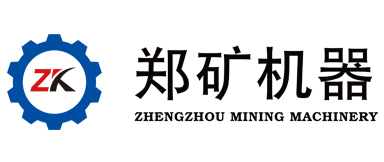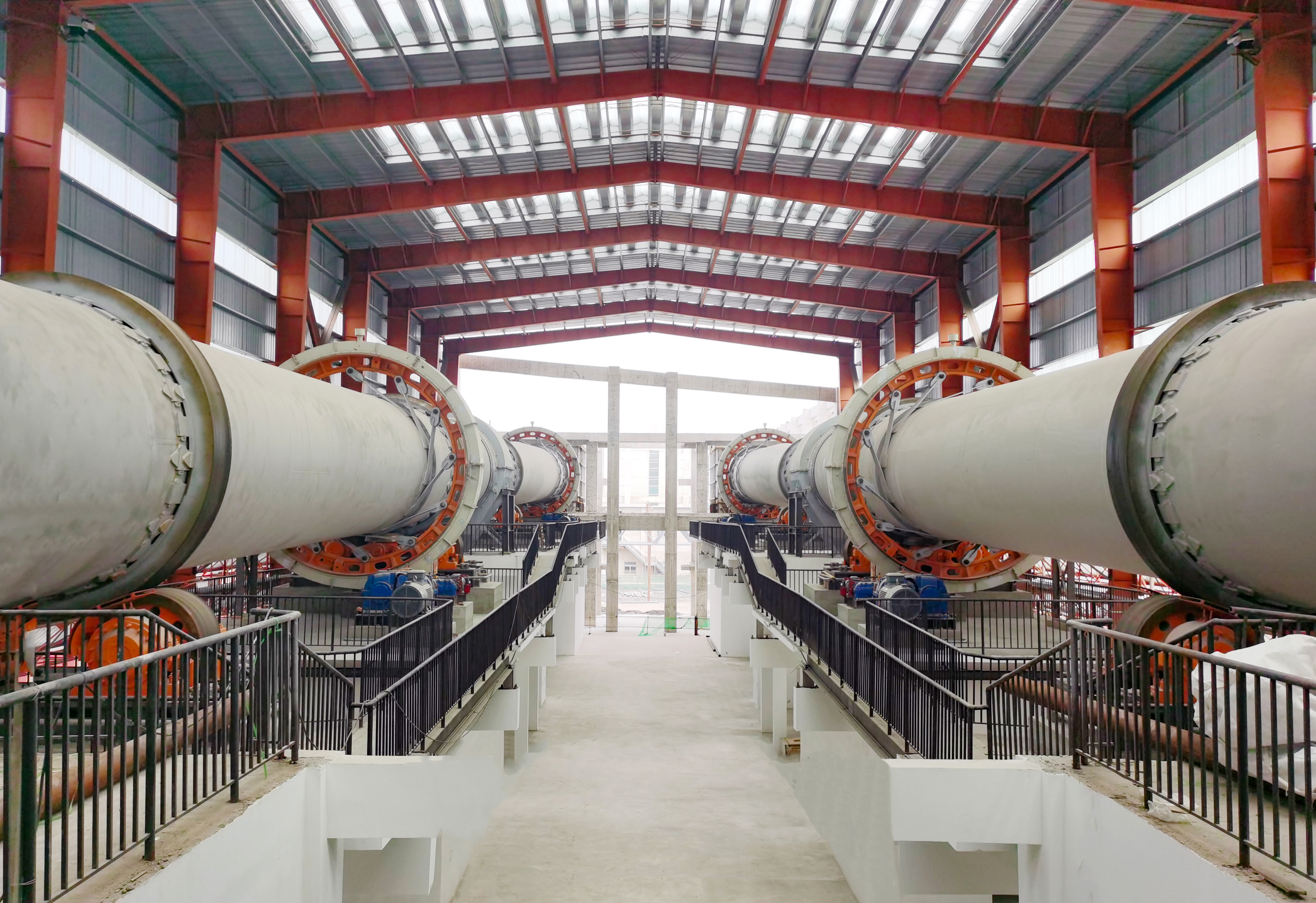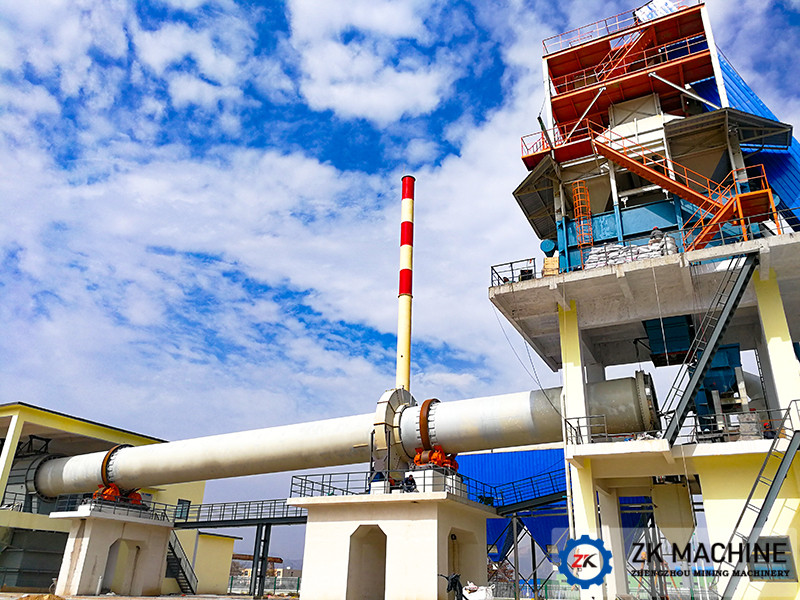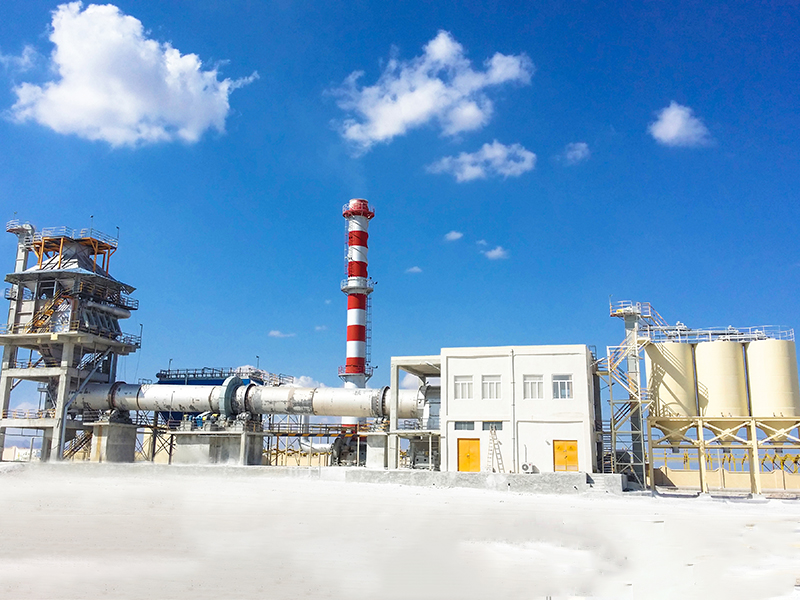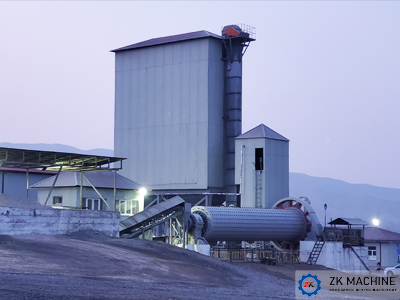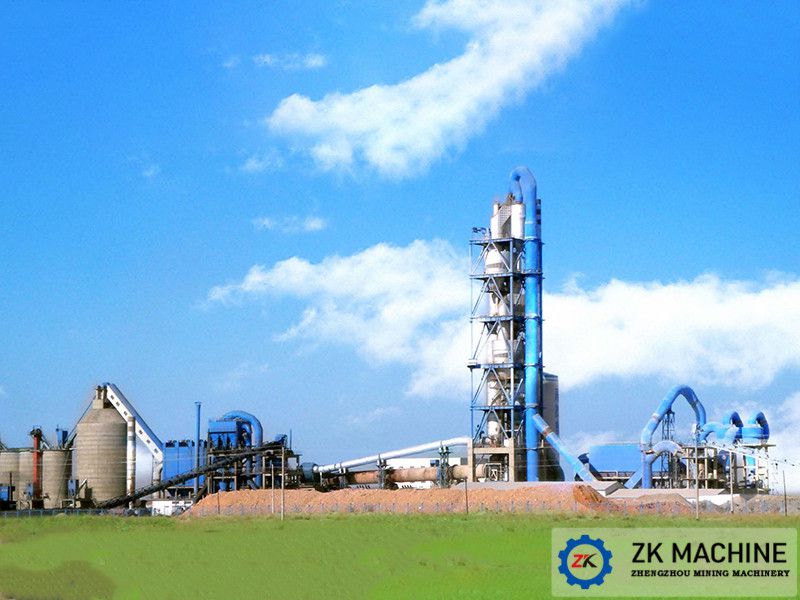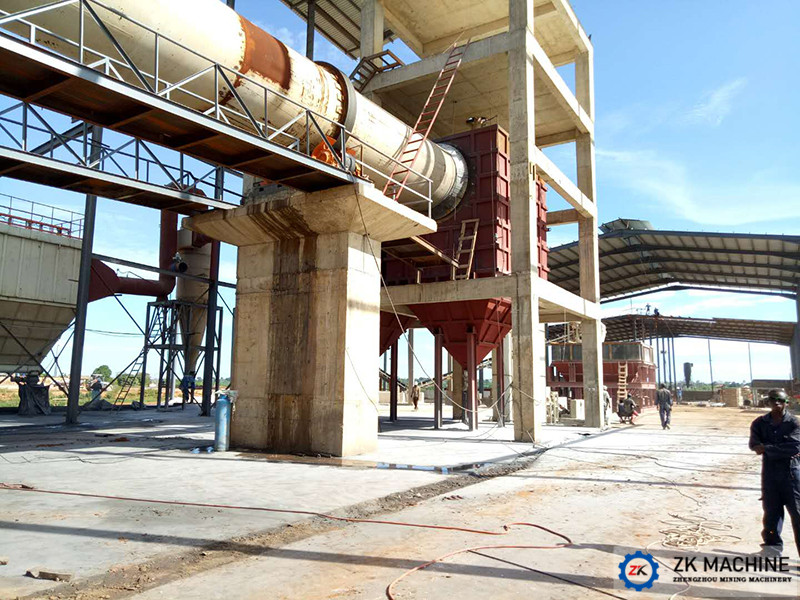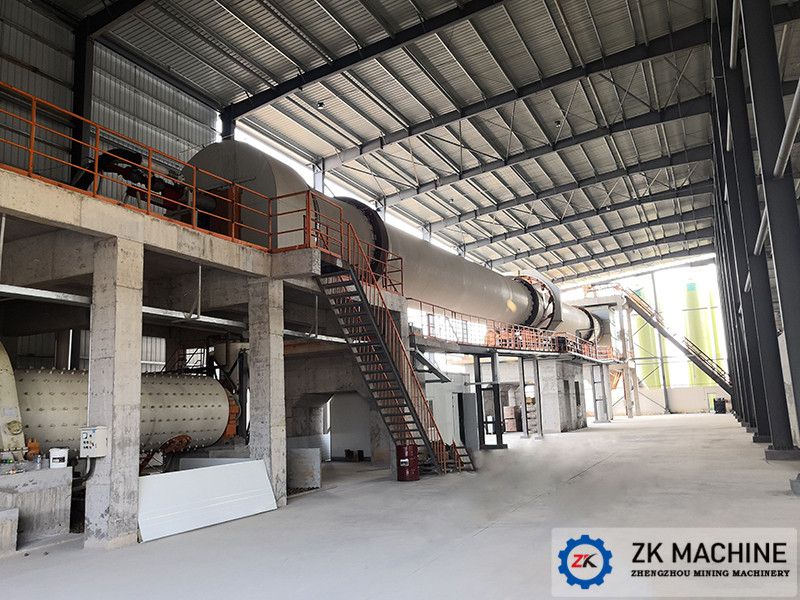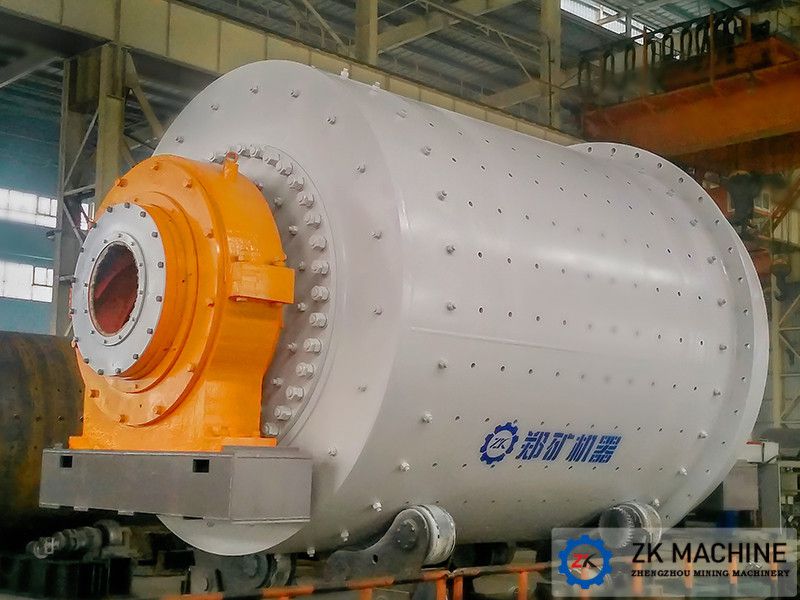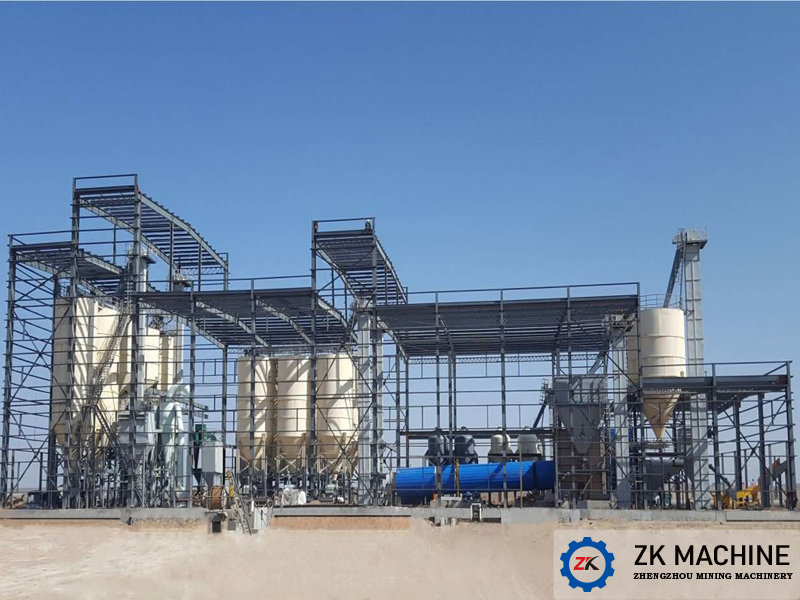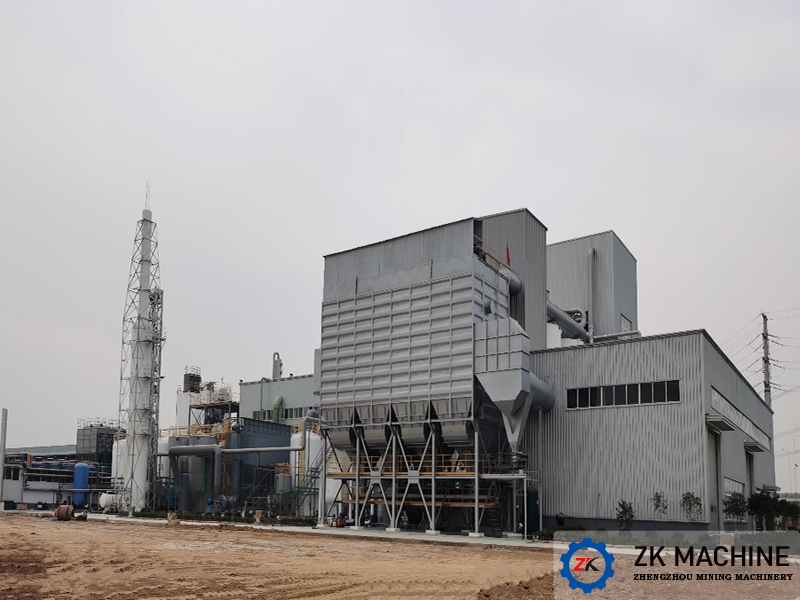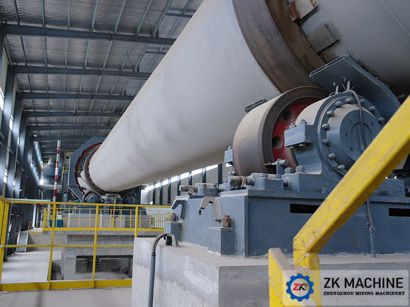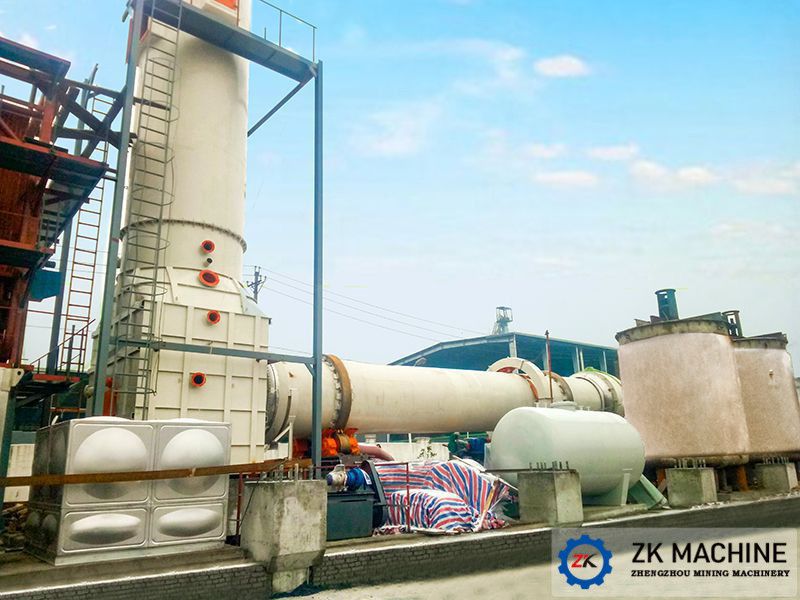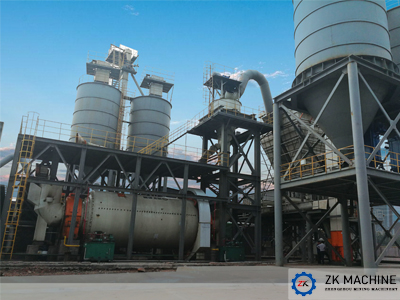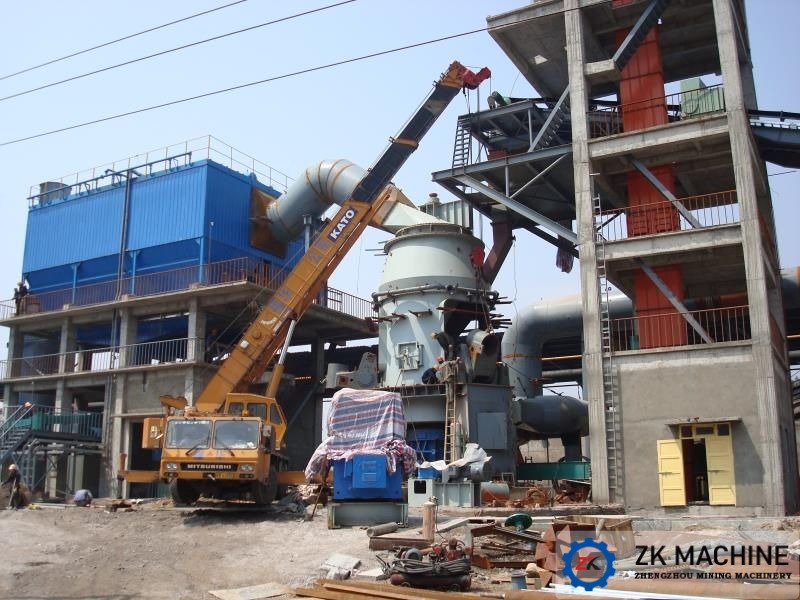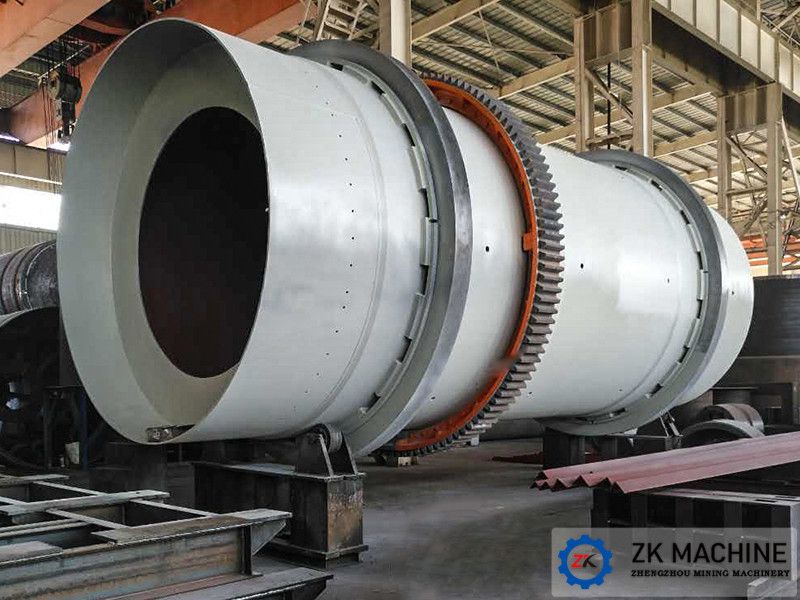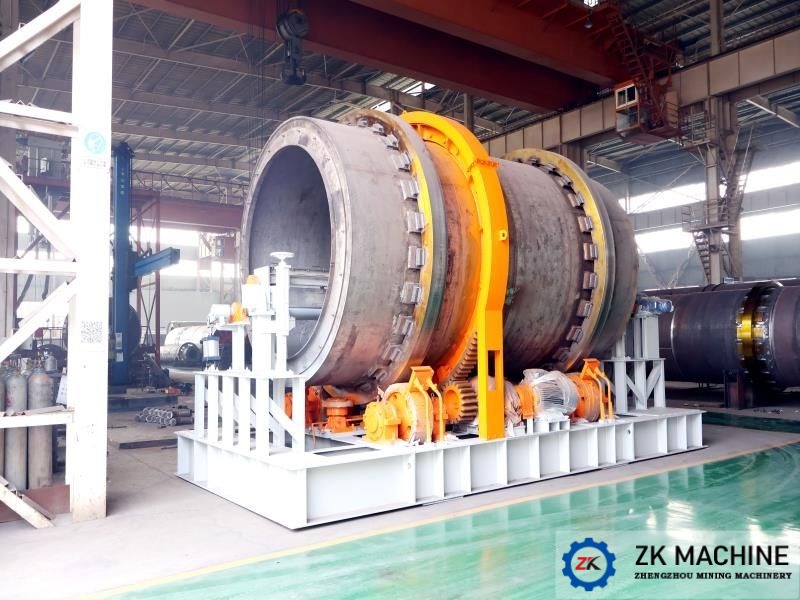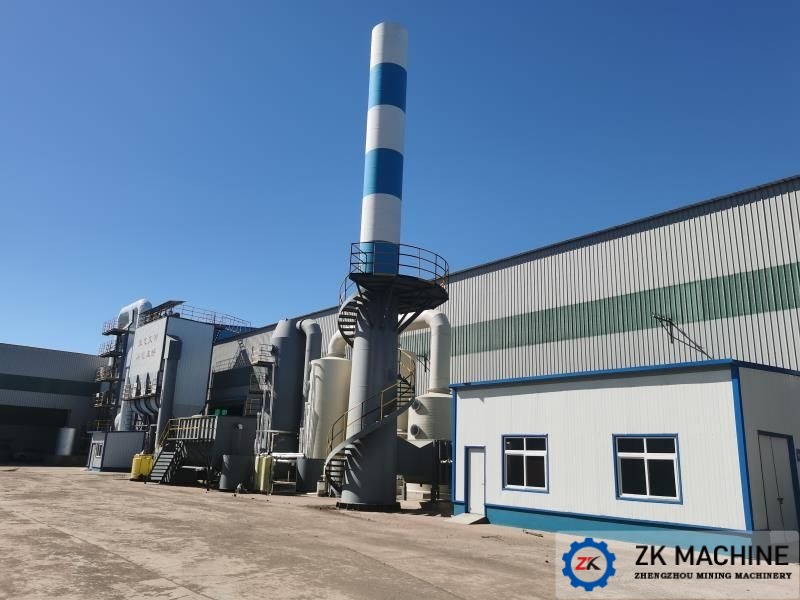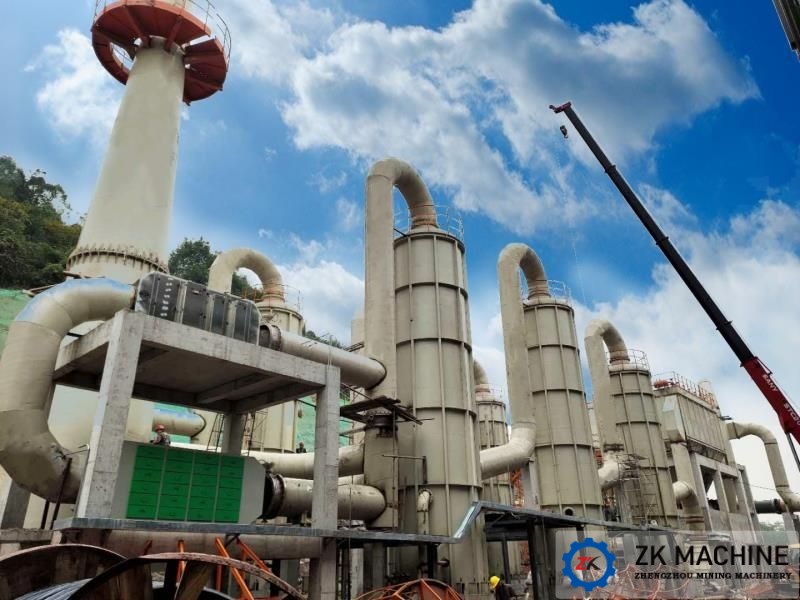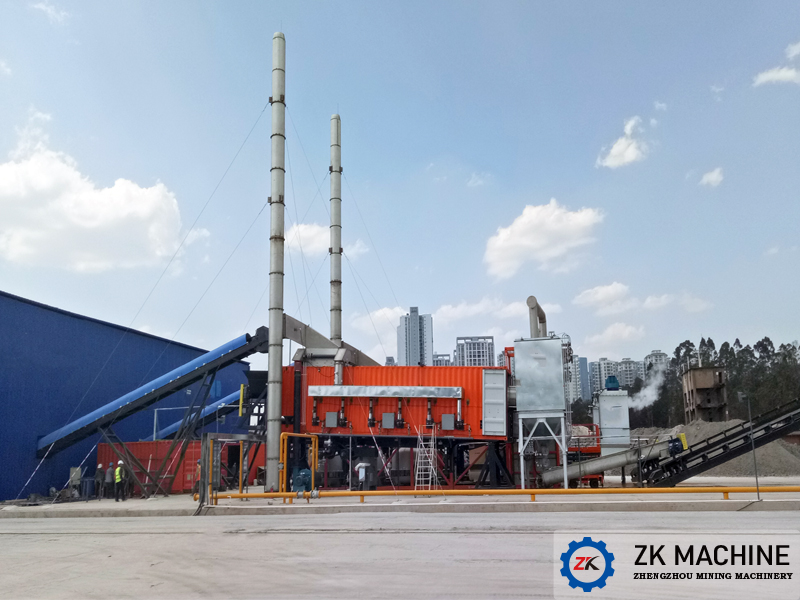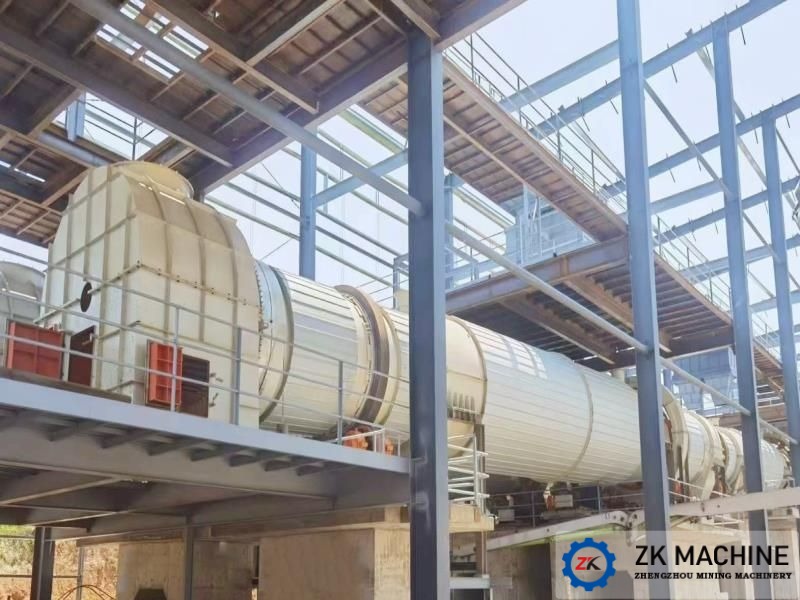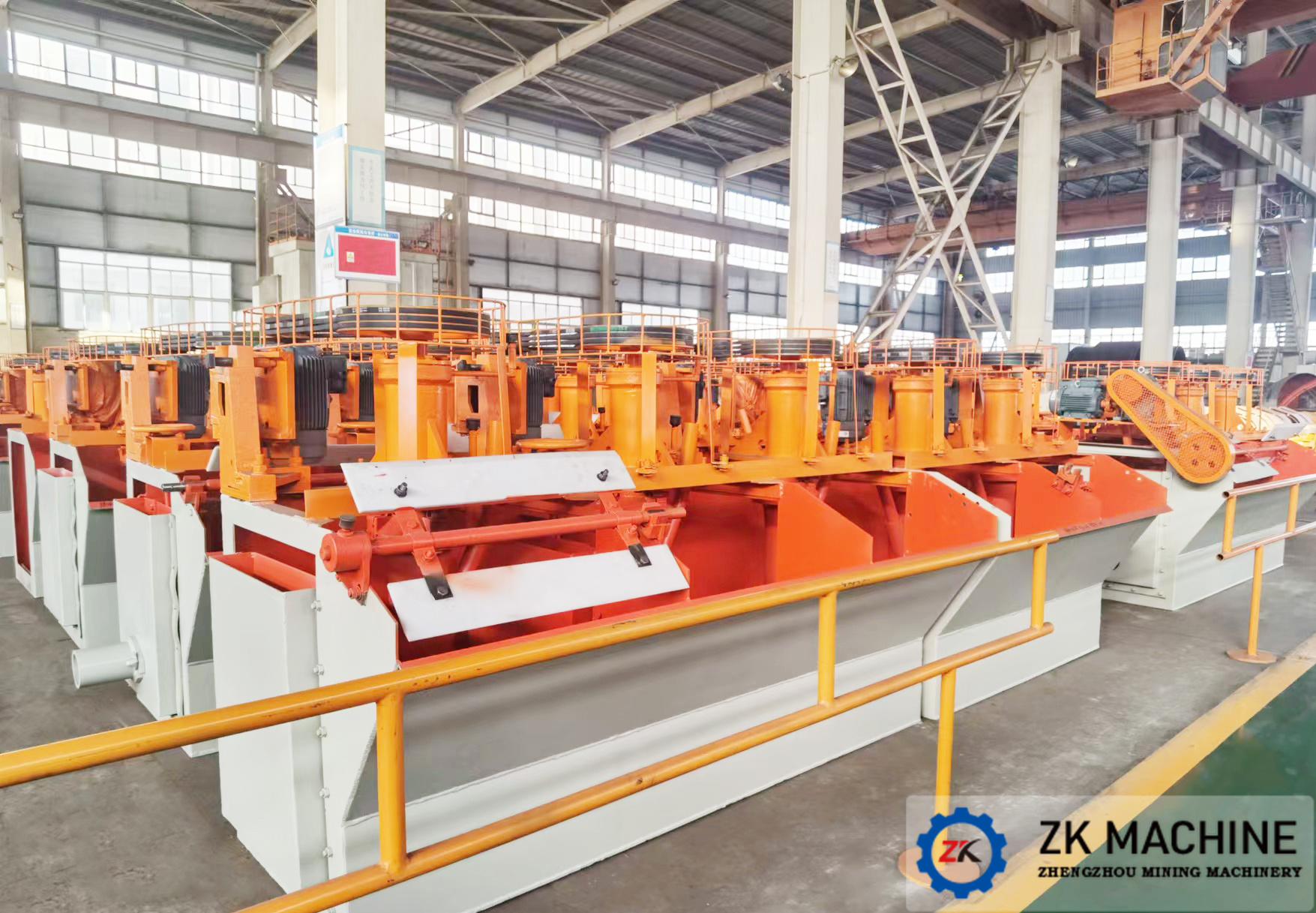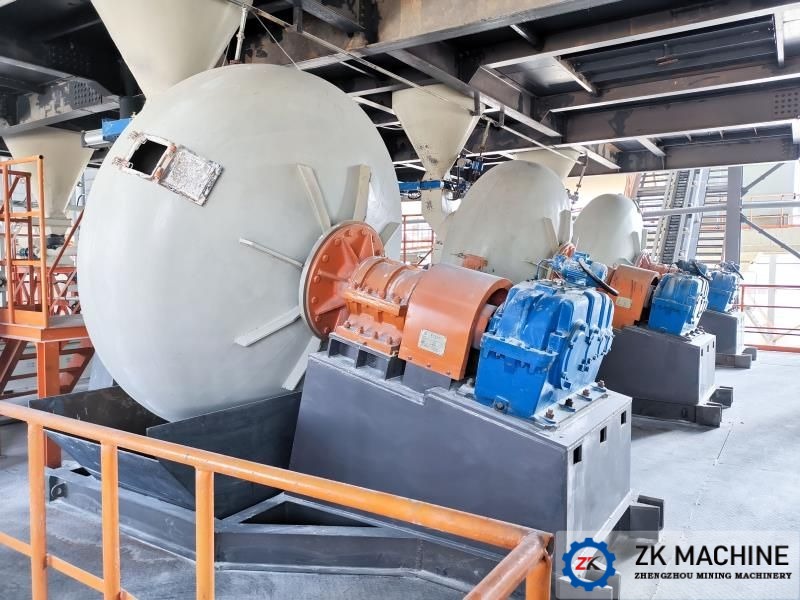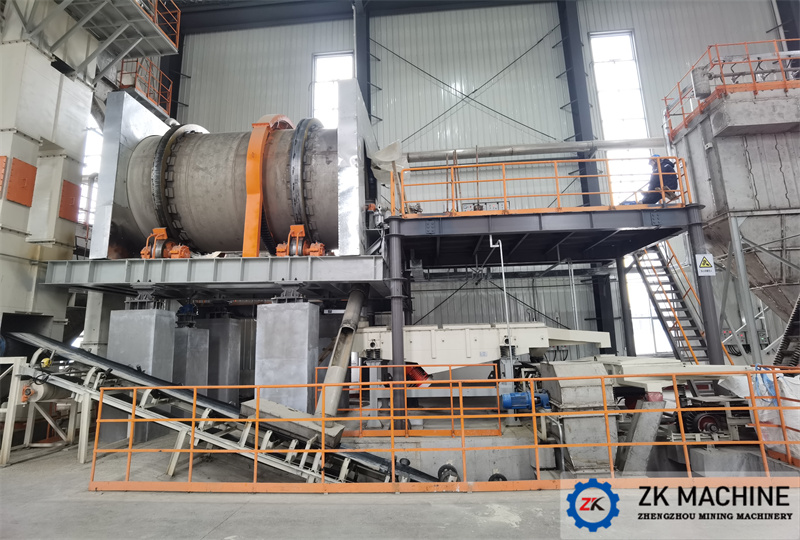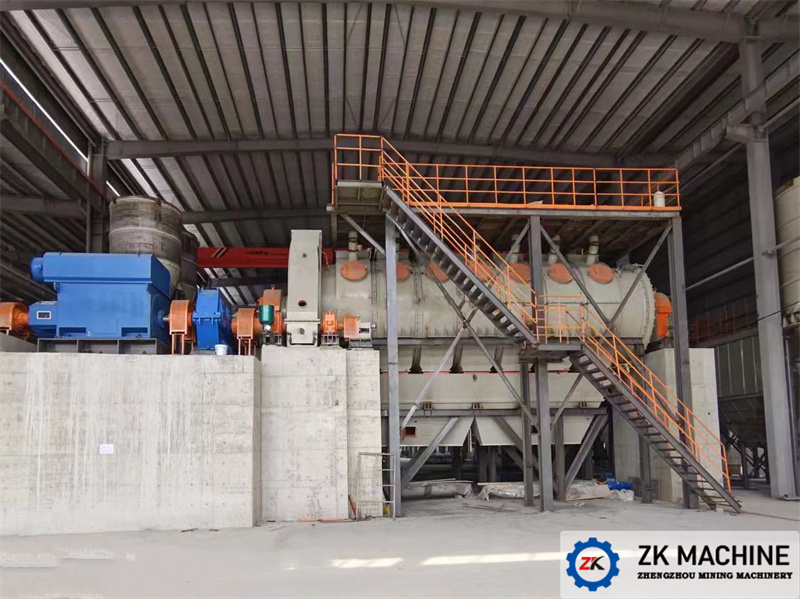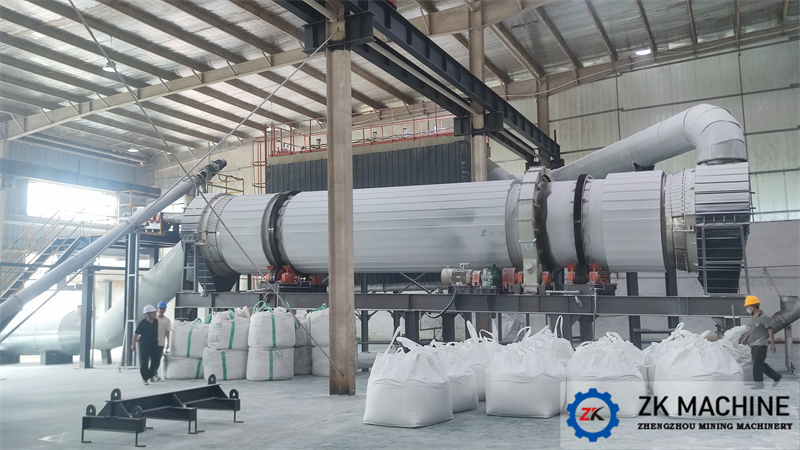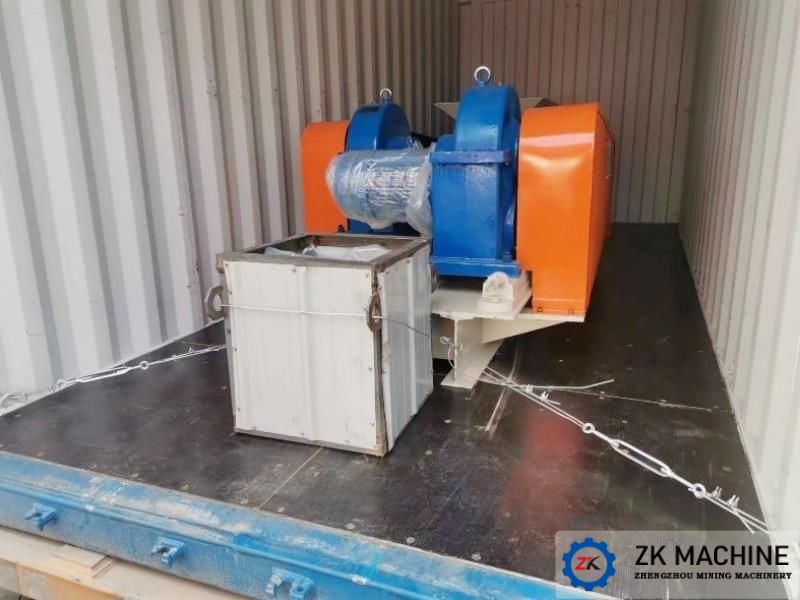Production Process of Gypsum Powder Manufacturing
1. Application of gypsum powder:
In terms of construction, gypsum powder is also called putty powder, which is mainly used to build walls, joints, and level walls; in terms of building materials, it can be used as gypsum cement; in terms of food, it can be used as a yeast activator, known as "food additive calcium sulfate". It can also be used as a medical food additive, sulfuric acid production, paint filler and other materials. Gypsum powder is generally used as the base layer of the wall in our decoration to fill up our wall. Gypsum powder is a material widely used in construction, building materials and gypsum cement.
2. Brief introduction of gypsum powder production process
The production process of gypsum powder is to grind the natural dihydrate gypsum ore (raw gypsum) or industrial by-product gypsum (desulfurization gypsum, phosphogypsum, etc.) through a special mill and heat and calcinate at a certain temperature to dehydrate and decompose the dihydrate gypsum. The product with β hemihydrate gypsum (CaSO4?1/2H2O) as the main component is building gypsum (commonly known as plaster of paris). In summary, the production process of gypsum powder mainly has the following types:
2.1 Calcined block gypsum, and then pulverized. In this method, the block gypsum is first calcined in an earthen kiln, chamber kiln or vertical kiln, and then crushed and sieved in a crushing equipment such as a wheel mill or a ball mill to obtain a paris plaster powder with a required particle size. The advantage of this method is that the equipment is simple and the crushing efficiency of the burnt gypsum is high. The disadvantage is that the gypsum is not evenly calcined, which is easy to cause local dead burning and raw burning, and it is also easy to mix impurities such as coal ash.
2.2 Calcining the pulverized gypsum powder. In this method, the raw gypsum is first crushed and pulverized in a wheel mill or a squirrel-cage pulverizer, and then sent to a frying pan or a rotary kiln for calcination, and then sieved for use after calcination. The advantage of this method is that the ground particles are completely burned and the quality is high. The disadvantage is that the raw gypsum has a large amount of water, the crushing efficiency is low, and it is not easy to stir evenly when frying the gypsum.
2.3 Grinding and calcination of raw gypsum are carried out simultaneously. In this method, coarsely crushed gypsum is sent to a wind-swept fast-rotating pulverizer for pulverization, and the suspended gypsum powder is calcined in a suspended state in a hot gas burning tube, and then the required gypsum powder is obtained through wind power separation. This method has the advantages of large output, high efficiency of frying paste, and the quick-fried plaster of paris obtained has fast coagulation and low strength, but the equipment is complicated.
2.4 First crush the gypsum into fine sandy particles, then fry it, and then crush and sieve it after frying. Use a general squirrel-cage grinder to pulverize, winnow and sieve. The advantage of this method is that it has the advantages of the previous two methods, but the process is more complicated. This method is still widely used in the domestic ceramic industry.
2.5 Stir-fry paste by pressure steaming method. In this method, the raw gypsum with a lump size of 25-50mm after coarse crushing is preheated in hot air at 60°C, and then placed in a pressure cooker with saturated superheated steam (125°C) at 1.3 atmospheres and steamed for 5-7 hours, and then pass in hot dry gas at 200°C until the hot dry gas is discharged to obtain vapor pressure hemihydrate gypsum. This kind of hemihydrate gypsum is in a crystal form, and the strength of the model turned with this kind of hemihydrate gypsum is very high, but the frying method of this kind of equipment is more complicated. Regardless of the method, the fineness of the plaster powder generally requires that the balance of the 80-120 mesh sieve should not exceed 0.5%.
3. System of gypsum powder production process
According to the process requirements, the construction gypsum production line is usually divided into five parts, namely crushing system, grinding system, calcining system, storage and conveying system and electric control system.
3.1 Crushing system:
The gypsum raw material enters the crusher through the feeder, and the crusher breaks the large-sized gypsum ore into small particles smaller than 30mm for standby. According to the size of gypsum raw material and different output requirements, you can choose a crusher with corresponding specifications, usually choose PE jaw crusher, PC hammer crusher or PF impact crusher, etc. In order to protect the clean environment, it can be equipped with dust removal equipment to meet environmental protection emission requirements.
3.2 Material conveying:
The crushed gypsum raw material is transported to the storage bin by the elevator for standby. The storage bin is designed according to the requirements for material storage time to ensure a stable supply of materials. At the same time, each part of the material turnover uses a hoist to reduce the floor space.
3.3 Grinding system:
The gypsum raw material in the storage bin enters the mill through the vibrating feeder for finishing. An electromagnetic vibrating feeder is installed under the storage bin. This equipment is linked with the mill, and the supply of materials can be adjusted in real time according to the operation of the mill. The material is evenly and continuously fed into the mill by the electromagnetic vibrating feeder for grinding. Grinded raw gypsum powder is blown out by the air blown by the mill blower, and is classified by the analyzer above the main machine. The powder whose fineness meets the specifications enters the large cyclone collector with the wind flow, and after being collected, it is discharged through the powder outlet pipe to become the finished product. The finished product falls into the screw conveyor and is transported to the next system for calcination. The wind flow flows into the blower from the return air duct of the large cyclone collector. The entire air duct system is closed and circulated, and flows under negative pressure. Since the raw material to be ground contains moisture and evaporates into gas during the grinding process, the air volume in the circulating air path increases. This increased air volume is introduced into the bag dust collector from the pipeline between the large cyclone collector and the blower The device removes the dust in the air, and then discharges it into the environment to ensure a clean environment. The material after the grinding system is changed from a particle size of 0-30mm to 80-120 mesh, which meets the fineness requirements of gypsum powder.
3.4 Calcination system:
The raw powder delivered from the grinding system is transported to the calciner for calcination, and the calcined cooked powder is transported to the finished product warehouse by the elevator for standby. The system mainly includes hoist, calciner, electrostatic precipitator, Roots blower and other equipment.
3.5 Electrical control system:
The electrical control system adopts the current advanced centralized control, DCS control or PLC control.
